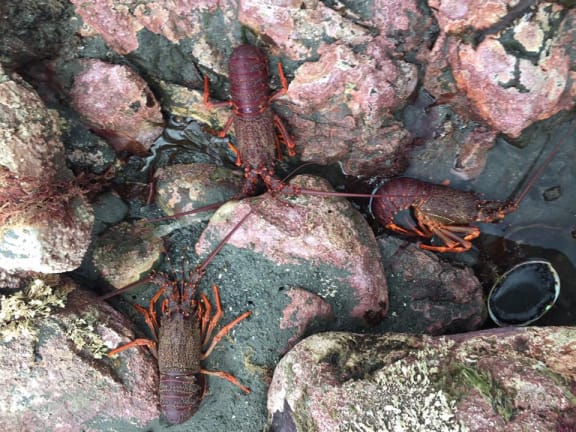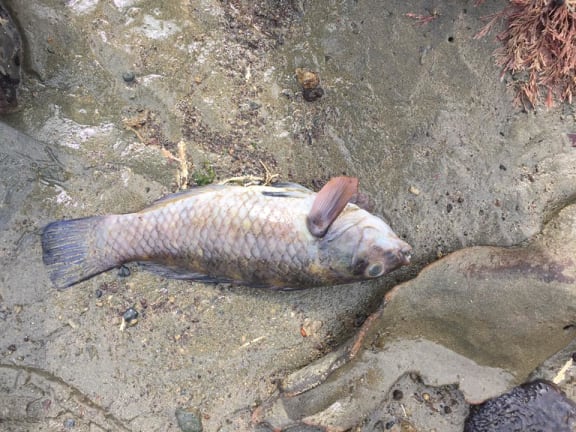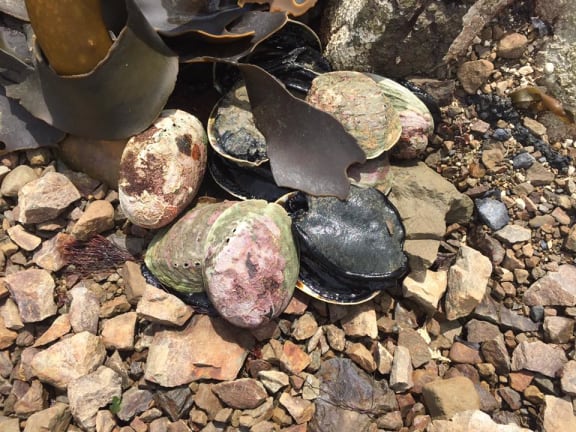Images of confused crayfish, uplifted reefs, dying paua and stranded seaweed in Kaikoura have emerged in the aftermath of Monday’s huge quake.
Is this an ecological and economic disaster – and will the marine environment recover?
She says a team is on its way to Kaikoura to assess the effect of the quake on the region’s marine ecology.
“We want to ensure the impact is documented so we can see the change and help to ensure the recovery is sustainable, if we don’t get this first look at what is going on, then it can be more difficult to assess the impact in later years.”
The quake-damaged habitats are precious, she says.
“They’re very important habitats for the fisheries species, a lot of the young fish species will recruit into that seaweed.”
She says paua can move quickly and researchers will be interested to see whether juvenile paua managed to migrate downshore to safer ground or were stranded.
“Currently everyone is focused very much on the large paua and massive effort’s going in to rescuing those, but also there’s the juvenile cohort. We have some tagged paua we can see if they have survived.”
It will be similar story for the crayfish, she says, which are being forced onto sand.
“Some of these crayfish are unable to get back into their normal habitat which is under the rocky shore."
Dr Sharyn Goldstien is a marine ecology lecturer at the University of Canterbury.







